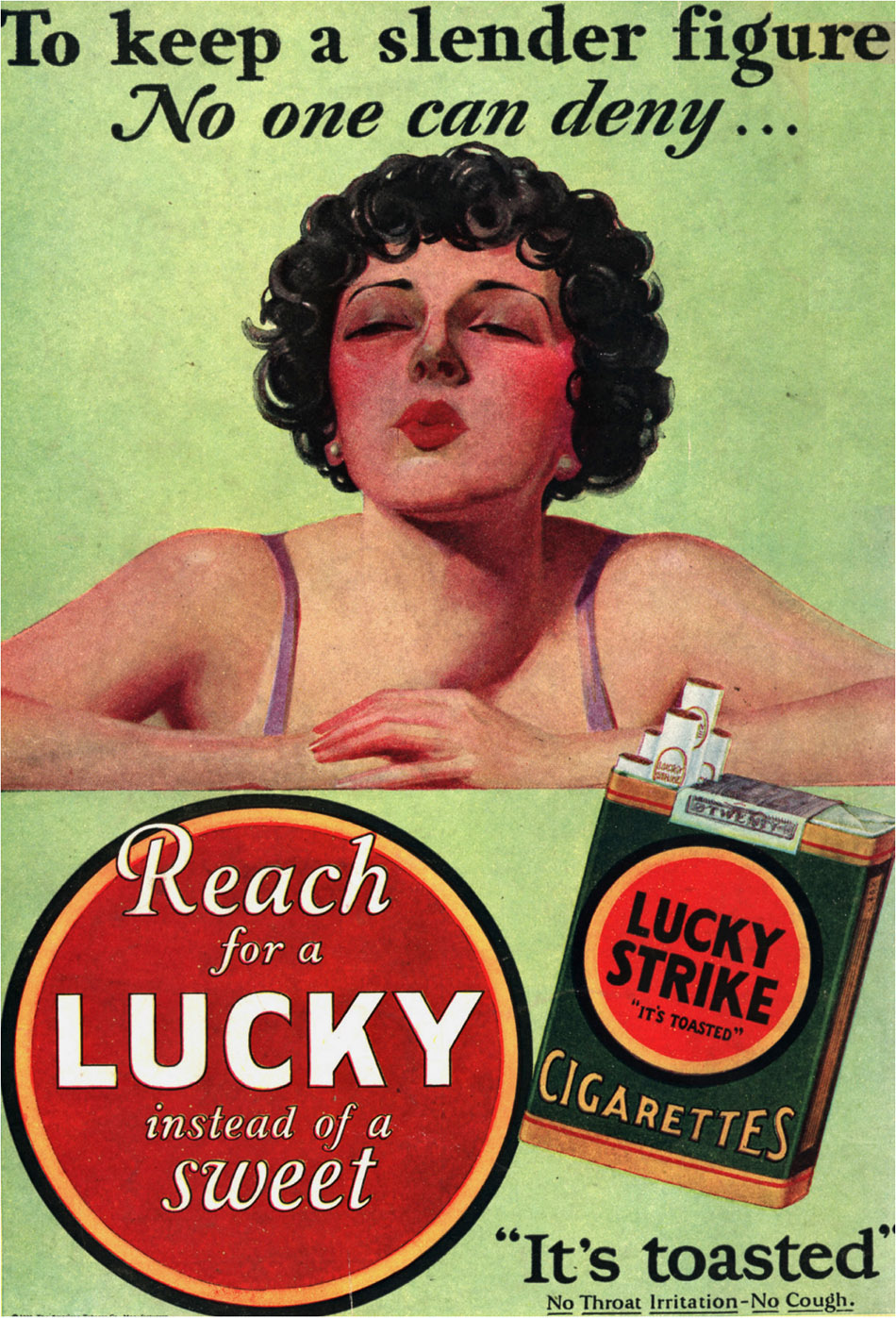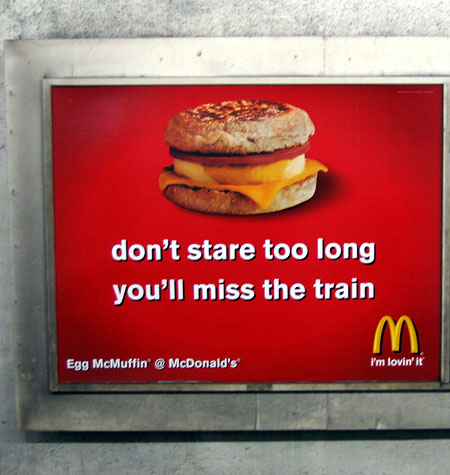Sigmund Freud theorised about psychoanalysis and human nature. Key points of his were:
- We have hidden primitive sexual forces and animal instincts that exist within us subconsciously because of how we evolved.
- We only understand a small portion of our personality. (More here).
- When your conscious mind doesn't function (when you're asleep) your unconscious expresses itself (dreams).
- Civilisation is incompatible with humanity because of the sexual, aggressive and violent instincts we have retained from evolution.
- Modern civilisation suppresses us.
- We displace our instinctive desires onto other, more obtainable things.
- The pleasure principle: Fulfilling our desires and satisfying our instincts make us happy and docile.
Freud was alive when WW1 was going on, and said that the sort of behaviour that war expresses and allows is what we should expect from people when society breaks down, as without society and civilisation there's no reason for people to withhold their desires and instincts.
Edward Bernays was Freud's nephew, and was employed by the American government during WW1 to help with their propaganda.
- He realised that if you can attach some sort of instinctual meaning to an otherwise arbitrary object you can make people want and 'need' it.
- This allows you to create demand for a product.
- He called this theory/system Public Relations.
- He pioneered the idea of celebrity endorsement as he recognised that celebrities are seen as icons of success, and people want to be like them. An example of this was the 1929 Easter Day Parade where he paid lots of young women to smoke having tipped off the newspapers, and portrayed them as suffragettes. He also used the idea of pseudo-scientific reports in advertising such as in the Camel advert below.
Fordism is the term used to describe the mass manufacturing of an object on a production line, it originates from Ford cars.
- Fordism increased productivity and profits within the company to the point where the workers were paid well enough to have disposable income.
- This leads to a scenario where the demand is there for other consumer products to be produced for the Ford workers to buy, which in turn provides disposable income for the workers of the company producing the other products, and so on and so on.
Consumerism
If everyone has a car but cars are still being manufactured, how do the manufacturers sell the new cars? The nature of consumerism means that every product has a specific unique identity to make it an attractive proposition for consumers. Bernays worked for ford and sold the cars through masculine power trips and placing the car in adverts where the car was just an addition to a picture of an upper class life. This sort of advertising sells a lifestyle, where the product is seen as a way of achieving the lifestyle. By displaying this perfect lifestyle, people no longer just 'need' the product, they 'desire' it, because consumerism supports the idea of who you are is based on your possessions.
Vince Packard wrote a book called The Hidden Persuaders, in which he wrote about how you can sell people things by making them think irrationally, and this can be done in eight ways.
- Selling emotional security
- Selling assurance of self-worth
- Selling ego-gratification
- Selling a creative outlet
- Selling a love object
- Selling a sense of power
- Selling a sense of history
- Selling immortality
Buying a big freezer is irrational, because you buy more food than you need, freeze it, then it goes off and you through it away. But you buy the freezer anyway because it gives you the emotional security of knowing you have enough food for your family, which in turn gives you assurance of your self worth.
Buying a big car is irrational because it does the same job as a smaller car in that it gets you from A to B. But you buy the big car anyway because it is shown as a highly masculine object, which gives you ego-gratification that you are highly masculine, and this in turn gives you a sense of power.
This advert is a good example of how you can visually show some of these points.
Walter Lippmann was an American writer and political commentator who said that a new elite was needed to manage the "bewildered herd" that was the mass public under the growing influence of consumerism. He put forward the ideas that:
- If you can create a system where people feel their desires are being met (rationally or otherwise), people feel happy and are docile.
- If people aren't being kept docile and happy you have a risk of revolution like in the communist Soviet Union.
- Big businesses know what make people happy and should stop being regulated.
When the Wall St. Crash happened in 1929, people no longer had disposable income, struggled to maintain there consumerist lifestyles, and thus cause 'The Great Depression'. The consumerist system crashed because big business were allowed to do what they wanted.
Franklin Roosevelt proposed a "New Deal" which the people then saw as an alternative to the great depression. The new deal included policies such as raising taxes on businesses to aid the redistribution of wealth. This upset Lippmann and Bernays because they saw this as challenging consumerism.
Bernays was heavily involved in the 1939 New York's World Fair, which he used to celebrate what was great about America compared to the rest of the world, particularly the Soviet Union. These celebrations were focussed mainly on the freedom people have in America to choose what they want to own and celebrated consumerism. He started to re-sell the idea that big businesses knew what the people wanted, and consumerism started to take off again.




